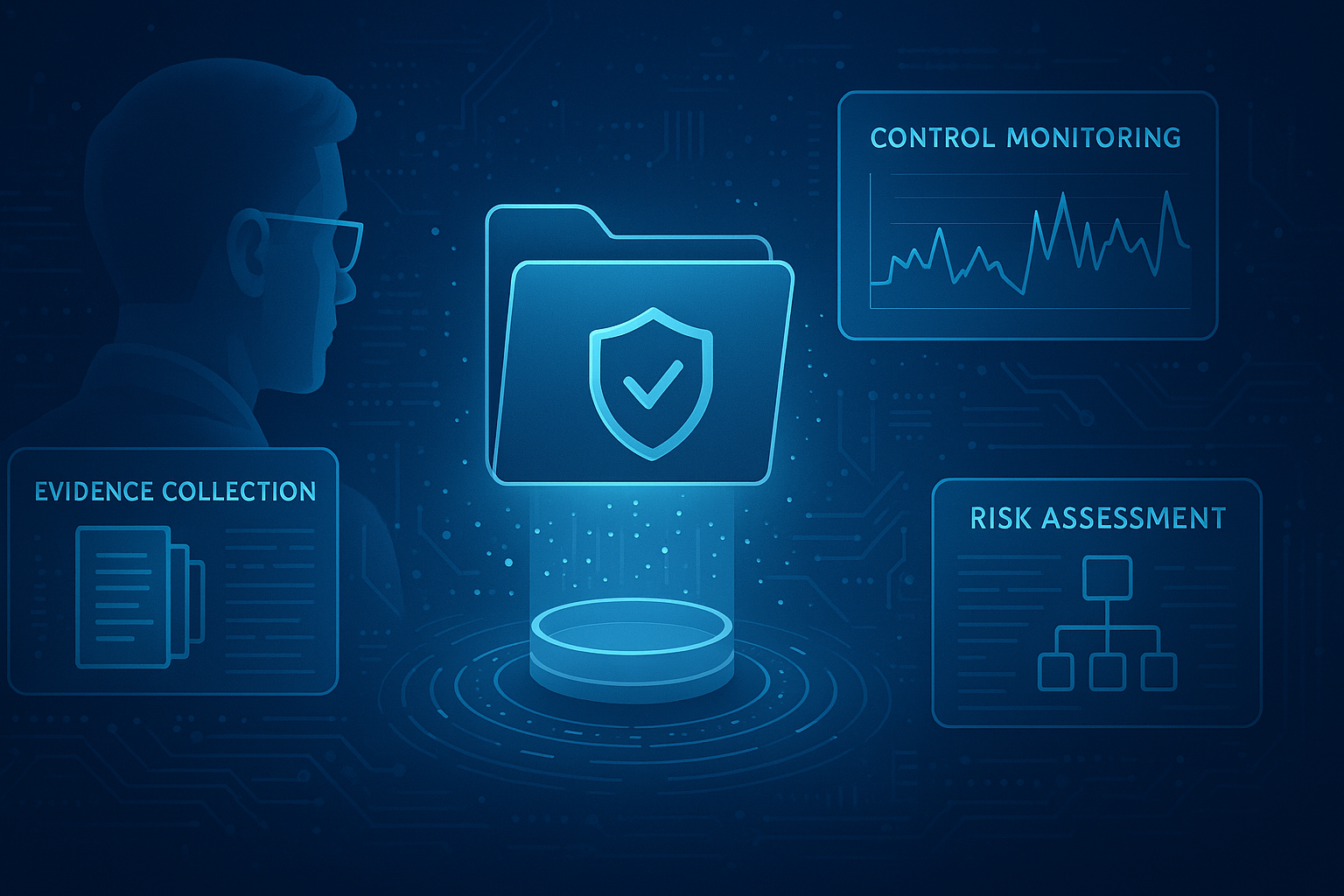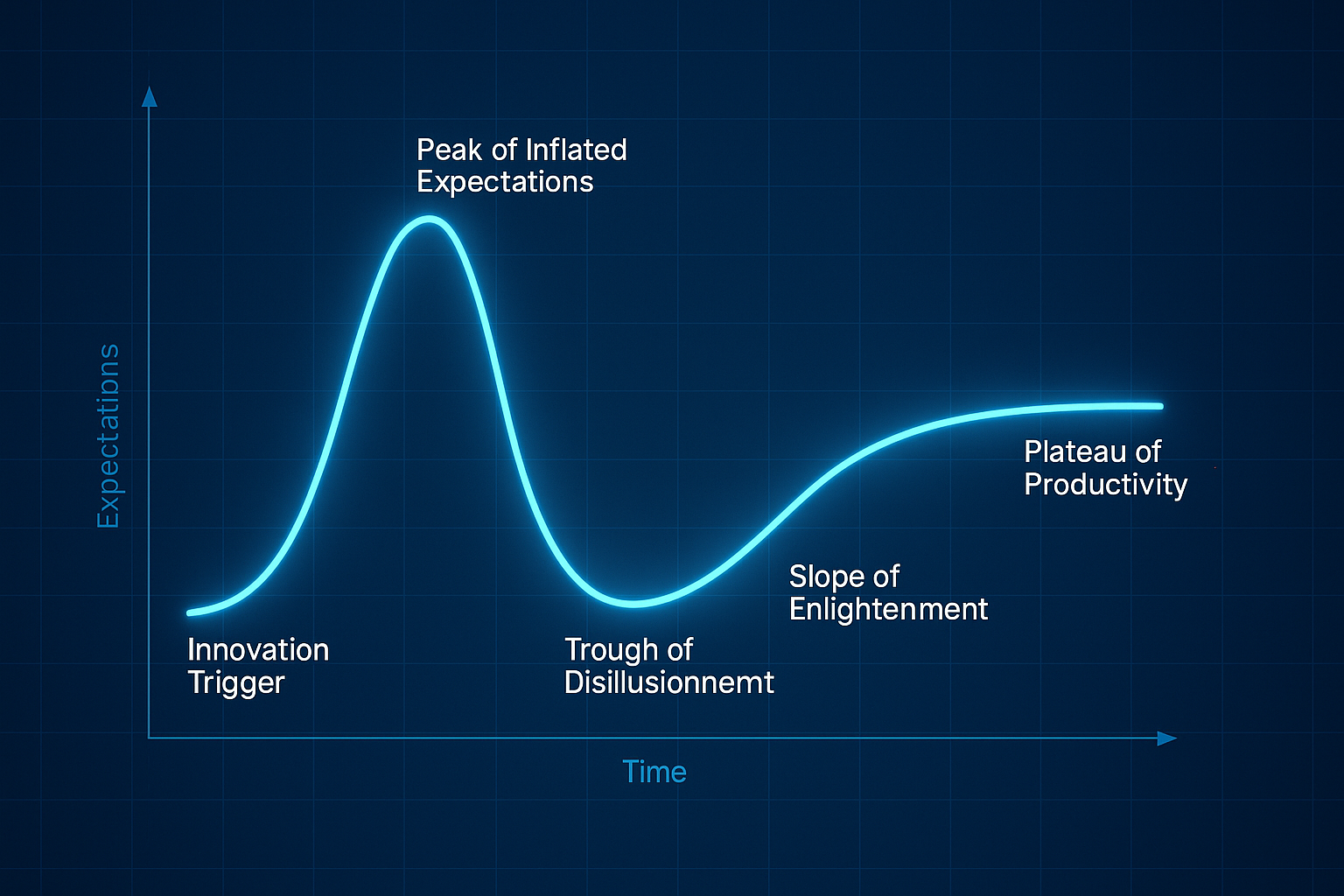Traditionally, the CISO role was perceived as technical, but it has recently shifted. Considering digital transformation and the increased focus on cyber risk, the CISO role has become increasingly business-oriented. The CISO needs to understand every element of the tech stack and how each aspect can impact every business process across the organization. They need to consider the internal and external risks of every project initiated and how that may affect customers. The CISO now has to understand the roles and impacts of the CFO, CRO, CIO, and even the CEO, as cybersecurity has become intertwined with every aspect of the business.
The CISO reporting structure has evolved as board mandates and regulations have shifted the impact of governance on cyber risk management strategy.
To put into perspective just how much falls on the CISO, consider work-from-home decisions made during the pandemic or the migration to cloud technologies; these are scenarios that CISOs had to consider and the associated risks. To properly evaluate the cyber risks, CISOs need real-time insights into the threat landscape and the financial impact of security initiatives. They have to present these insights clearly to executives and the Board committee, and to represent these security insights successfully; they need clear and defensible real-time risk metrics. CISOs must take these metrics and communicate them in a financialized business context.
A few years back, CISOs could enter meetings and ensure that the security team protected the assets without question. With regulations like the SEC Cybersecurity Rule rolling out, Boards are now being held accountable for cyber oversight and are asking for more transparency and reporting from the CISO. The amount of scrutiny on the CISO is increasing, and they need clear guidance on how to structure their cybersecurity risk assessment report.
Keep reading along to discover the critical elements of a cyber security risk assessment report and how your CISO can utilize these insights in reporting cybersecurity to the Board.
What Goes Into a Cyber Security Risk Assessment Report
Every organization has its own set of unique risks and priorities. Each board wants to know about different metrics, and as regulations roll out, various organizations will be required to report on specific metrics. Yet, the risk assessment report should always consider some key elements.
The first thing to consider is how much time you have to present. You might think you have 30 minutes, maybe even 15 minutes. You might have the whole presentation scripted out, but in reality, you only have five minutes to get to the point. What do you include as those critical metrics?
Your main deck should cover your security posture, risks relevant to your industry, strategic investments, and ROI. You should include things like cybersecurity awareness or threat trends in the appendix. Look at the most critical to your organization and tailor your report to the essential needs. Anything additional should go in the appendix of your report.
A second element to consider is relating your standards to a single framework. It’s infrequent for an organization to adhere to one framework. Often, organizations must consider several niche or broad frameworks depending on their sector and company size. Each framework's purpose and scope can be challenging to cover in a single report. To help with standardization across the different elements is baselining your cyber risk management program to the NIST CSF.
The CyberStrong platform automates framework mappings and is built on the NIST CSF. CISOs can level the playing field and speak to a commonly understood framework instead of delving into niche standards like PCI DSS or HIPAA. CISOs need to ground risk posture and compliance data in terms that the executive leadership and Board will likely understand.
A third element to consider is how these metrics reflect the organization’s strategic alignment: the NIST CSF and the NIST CSF 2.0 guide security professionals in creating their cyber metrics. For control statements in the CSF, security professionals must determine who is responsible for this risk, how it is measured, how often it is measured, what your target is, and other relevant metrics. These metrics force security teams to understand how each control can impact the organization and how it can impact the organization’s strategy.
What are the Common Challenges in Reporting on Cyber Risk?
Despite the growing number of IRM tools in the market, measuring cybersecurity metrics is still challenging. Even with advancements in AI and automation, the main challenge lies in how sources of information are funneled into IRM tools and solutions. Security leaders at large organizations must consider logging and monitoring tools, vulnerability scanners, policy management tools, asset management tools, incident management tools, databases, data lakes, and more.
For example, you're looking at assessing a single control related to MFA. Assessing compliance against that control may mean looking at every application a user logs into and ensuring it has enabled MFA. Now, you may have hundreds of applications at a large enterprise. That alone is a lot of data. Multiply that effort by at least 100 because most compliance frameworks have hundreds of controls. That's even more data, which is excellent. Having data is better than not having it, but how do you make sense of everything coming in? How do you get the data out of one tool and into another when those tools speak different languages?
The logic by which you interpret and translate data from one tool is challenging to apply across the board. So you’re confronted with two challenges: a large data volume and no standardized data processing set. CyberSaint has approached this challenge by buying a robust data set from Advisen that breaks down risk metrics by industry, company size, and revenue to give our customers a starting point. If they’re new to CyberStrong, the platform also offers a starting point for evaluating risks.
Considering the challenges of observing cybersecurity metrics, there is a possibility that the metrics leaders report on need to be corrected. Unless you have performed a direct audit before reporting, you probably did not have 100% observability of all assets in real time. In this scenario, it’s best to preface your report in phases. For example, Phase One could mean 40% observability. This clarification sets the right expectations and establishes trust between the security team and the Board. If you report data and the Board thinks it's 100% observability, and you're only pointing at 10% of your environment, that's a problem.
How to Align Your Cyber Risk Assessment Metrics with the Audience
Security and business teams often speak different technical languages. When you’re dealing with security risks, miscommunication can have detrimental impacts on business operations. Often, security teams don’t even have the right amount of time to present, which adds an extra layer of pressure to add all the correct and relevant information. To meet this challenge, you should consider an IRM tool that offers several dashboards and visualizations to serve different purposes for different audiences.
When reporting to leadership, they often want the report to deliver an overview of how the organization is performing and a status check of initiatives and relevant threats. They’re not concerned with granular details of operations. The only time you would have to drill down into a set of controls is if the control set strongly influences the top cyber risks.
With the executive team, the main point of your report should be reporting on cyber risks. You need to report on the business impact, ROI, and what areas need more focus or investment.
Incorporating the Human Element of Cyber Risk Assessments
There has to be a middle ground between the fear of AI automating people out of work and teams demanding that level of automation in their tools. That middle ground must include a degree of human intervention. Let’s say you have data coming from one tool and data from another that contradict each other. One says you've passed, and the other one says you failed. What's the logic behind which one wins? Often, that's a judgment call made by a human, so you must have trained professionals to fill in these gaps and assess the parts of controls the tool is not hitting.
Develop a Template for Your Cybersecurity Risk Assessments
Overall, your cybersecurity reporting tools should be tailored to the audience and include granular technical details if they will significantly impact business processes. CyberSaint has developed the Executive Dashboard for CISOs, executives, and Board members to effectively report and make decisions on cyber risk management when presenting to executive leaders.
Discover more critical insights on cyber risk assessment reporting in this webinar. Schedule a conversation with CyberSaint to discover the capabilities of CyberStrong’s real-time dashboard and visualizations.
FAQ: Cybersecurity Risk Assessment Report & Template
Q: What is a cybersecurity risk assessment report?
A cybersecurity risk assessment report is a formal document that outlines an organization’s current cyber risk posture, identifies key vulnerabilities, evaluates the likelihood and impact of potential threats, and recommends actions to reduce risk. It helps CISOs and security teams communicate risks in business-relevant terms to executives and boards.
Q: Why is a cybersecurity risk assessment report important for CISOs in 2025?
As CISOs are now expected to report on cybersecurity from a business-first perspective, the risk assessment report is essential for aligning cyber strategy with enterprise goals. With increasing board scrutiny and regulatory mandates like the SEC Cybersecurity Rule, these reports must quantify risk, show ROI on security investments, and reflect how security supports business resilience.
Q: What should be included in a cybersecurity risk assessment report?
Key elements include:
-
Current security posture overview
-
Top cyber risks and relevant threat trends
-
Framework alignment (e.g., NIST CSF)
-
Metrics tied to business objectives and ROI
-
Strategic investments and gaps
-
Appendix with detailed technical data
Q: How can a cybersecurity risk assessment template help?
A template streamlines the reporting process by structuring key components, such as control maturity, responsible owners, measurement frequency, and target goals, while aligning with frameworks like NIST CSF or ISO 27001. Templates ensure consistency, save time, and improve clarity across business and technical audiences.
Q: Where can I find a cybersecurity risk assessment template?
CyberSaint’s CyberStrong platform provides a robust starting point with built-in templates based on the NIST Cybersecurity Framework. It enables CISOs to create clear, defensible reports with real-time metrics, automated mappings, and cybersecurity executive dashboards.





.png)
.png)
.png)
%201.png)
.png)




